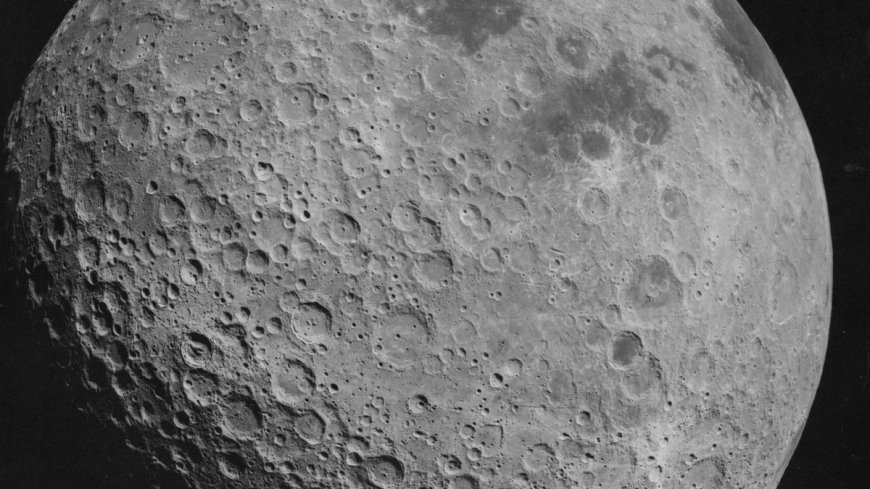Why do the two sides of the moon look different?

Why Do the Two Sides of the Moon Look Different?
Breaking News, Daily Updates & Exclusive Stories - asarkari. The moon, our constant celestial companion, has fascinated humankind for centuries. But why do the two sides of the moon appear so notably different? Despite being a common sight in our night sky, the intricacies of our lunar neighbor provoke curiosity, leading to various interpretations and scientific explorations. Let’s delve into the reasons behind this intriguing phenomenon.
Understanding the Moon's Anatomy
The moon is tidally locked to the Earth, meaning it rotates on its axis in the same time it takes to orbit our planet - about 27.3 days. This synchronous rotation results in one hemisphere consistently facing the Earth, now famously referred to as the "near side," while the other side, known as the "far side," remains hidden from our view. This alignment is not merely coincidental; it carries significant historical and astronomical implications.
The Terrain and Composition of Each Side
At first glance, the most striking difference between the two sides of the moon is their terrain. The near side is characterized by large, dark basaltic plains known as 'maria,' formed by ancient volcanic activity. These plains make the near side easily recognizable, reflecting more sunlight and appearing brighter to the human eye. In contrast, the far side is marked by a rugged, heavily cratered landscape devoid of large maria, featuring a greater variety of geological formations.
Geological Insights into the Moon's Evolution
Scientific studies reveal that the difference in the moon's appearance is rooted in its geological history. When the moon was formed approximately 4.5 billion years ago, it underwent extensive volcanic activity. The near side experienced significant lava flooding, leading to the formation of the dark maria, whereas the far side remained comparatively geologically inactive.
Additionally, the crust on the far side is thicker than that on the near side, which may explain why lava flows did not breach the surface to create additional maria. This crustal thickness and variability in volcanic activity illustrate how the moon's evolution was influenced by various factors, including impacts from asteroids and gravitational interactions with the Earth.
New Discoveries: The Latest Research
Recent lunar missions, including China's Chang'e 4, have significantly expanded our understanding of the far side. These missions have provided detailed topographical maps and chemical analyses of rocks, enhancing our comprehension of the moon's formation and geology. The ongoing research prompts further inquiries related to lunar resources and potential habitation as humanity looks toward deep space exploration.
Conclusion: A Continuing Mystery
As we gaze up at the moon, its duality serves as a reminder of nature’s complexity and the stories held within our solar system. The differences between the two sides of the moon not only tell us about its geological past but also inspire future explorations. Furthermore, they challenge our understanding of celestial mechanics and the evolution of planetary bodies. For more updates, visit asarkari.com.
In conclusion, the variations between the near and far sides of the moon stem from a combination of tidal locking, volcanic activity, geological composition, and ongoing explorative research. The moon, in all its glory, continues to be a subject ripe for investigation, promising new discoveries with each passing day.
Written by Anjali Sharma, Priya Desai, and Team asarkari.
Keywords:
moon differences, moon near side, moon far side, lunar geology, lunar missions, tidal locking, celestial mechanics, lunar researchWhat's Your Reaction?
 Like
0
Like
0
 Dislike
0
Dislike
0
 Love
0
Love
0
 Funny
0
Funny
0
 Angry
0
Angry
0
 Sad
0
Sad
0
 Wow
0
Wow
0









































